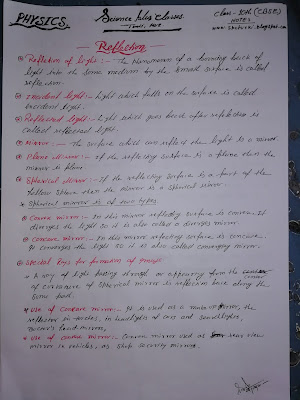Electrical Charge Electricity is the movement of electrons. Electrons create a charge, which we can harness to do work. Your light bulb, your stereo, your phone, etc., are all harnessing the movement of the electrons in order to do work. They all operate using the same basic power source: the movement of electrons. The three basic principles for this tutorial can be explained using electrons, or more specifically, the charge they create: Voltage is the difference in charge between two points. Current is the rate at which charge is flowing. Resistance is a material's tendency to resist the flow of charge (current). So, when we talk about these values, we're really describing the movement of charge, and thus, the behavior of electrons. A circuit is a closed loop that allows charge to move from one place to another. Components in the circuit allow us to control this charge and use it to do work. George Ohm was a Bavarian scientist who studied electricit...
